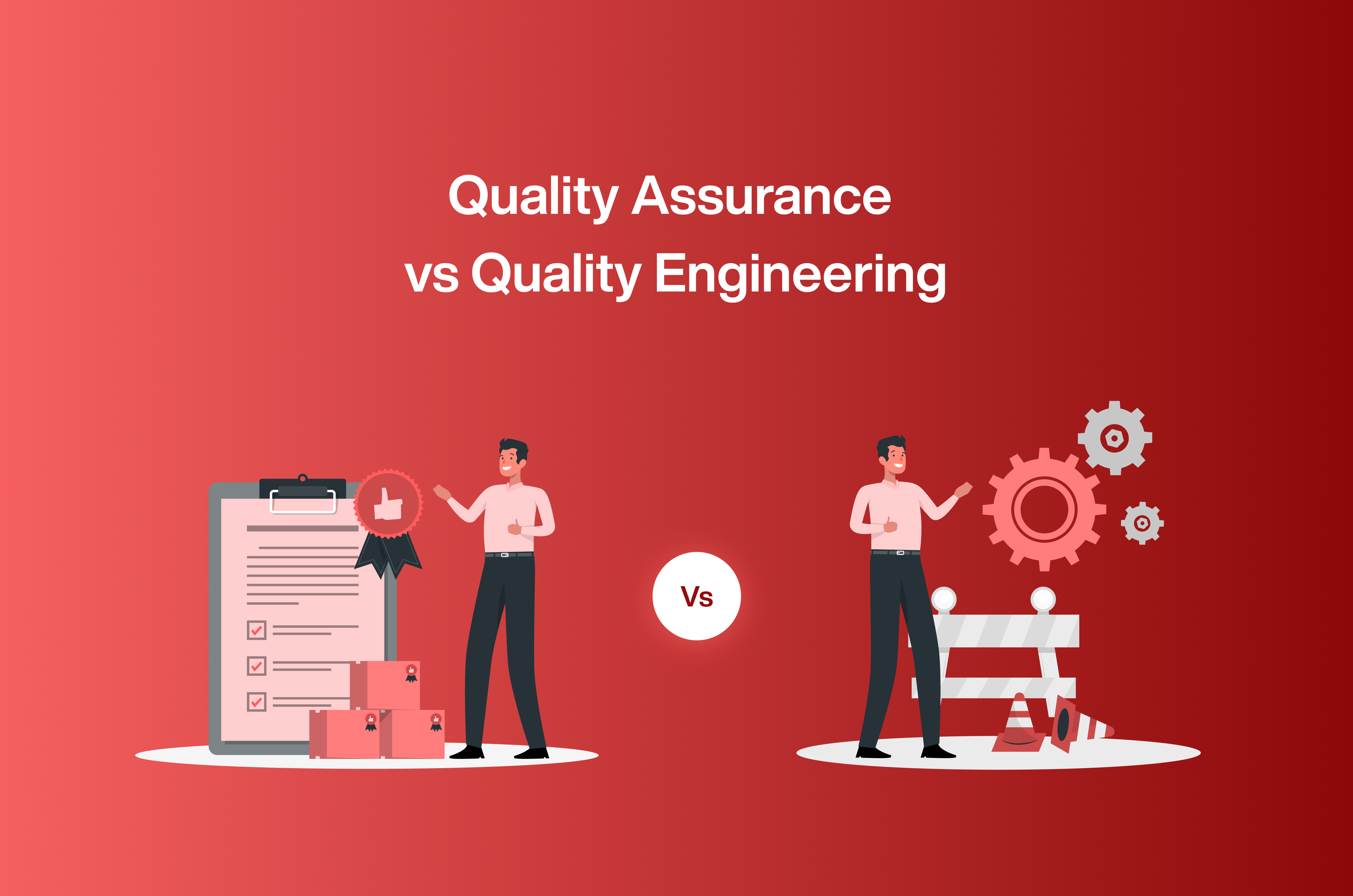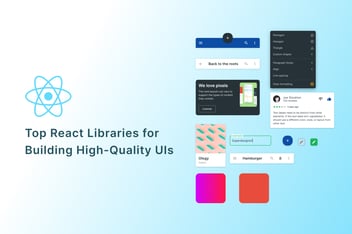In the dynamic landscape of software development, ensuring the delivery of high-quality products is paramount. Two terms that often surface in discussions related to software quality are Quality Assurance (QA) and Quality Engineering (QE). While they may seem interchangeable at first glance, a closer examination reveals distinct roles and approaches. While ‘Quality Assurance’ focuses on ensuring the quality of the final product, ‘Quality Engineering’ takes a proactive role in shaping the development of high-quality products and efficient processes.
Quality Assurance: The Sentry at the Gates
Quality Assurance is a conventional and fundamental aspect of the software development process. Traditionally, QA has been associated with manual testing processes that focus on ensuring that the software meets predefined quality standards. QA primarily involves the activities of identifying defects, verifying functionality, and validating the software against requirements.
The QA process typically begins after the development phase, with QA teams executing test cases and scenarios to detect bugs or inconsistencies. Manual testing, regression testing, and user acceptance testing are common practices within the QA realm. This approach helps ensure that the software aligns with the specified requirements and performs as intended.
However, QA's reliance on manual testing poses limitations in the context of rapidly evolving software development methodologies, such as Agile and DevOps. The need for quicker release cycles and continuous integration has paved the way for a more proactive and automated approach enter Quality Engineering.
Quality Engineering: The Architect of Automation
Quality Engineering is a holistic and forward-looking approach that encompasses more than just testing. Unlike QA, which primarily focuses on finding and fixing defects, QE involves the entire software development life cycle. QE integrates quality practices into every phase, from design to deployment, promoting a proactive rather than reactive stance toward quality.
Automation is a cornerstone of Quality Engineering. QE leverages tools and frameworks to automate testing processes, ensuring faster and more efficient execution of test cases. This not only accelerates the testing phase but also allows for the early detection of issues, reducing the overall time and cost of development.
Moreover, Quality Engineering emphasizes collaboration and communication across cross-functional teams. QE professionals work closely with developers, product managers, and other stakeholders to embed quality into the development process. This collaborative approach fosters a culture of continuous improvement, where feedback loops are tightened, and issues are addressed promptly.
The Interplay: QA and QE in Concert
While Quality Assurance and Quality Engineering have distinct roles and methodologies, they are not mutually exclusive. They can complement each other seamlessly. QA can be seen as a subset of QE, with the former focusing on the meticulous execution of predefined test cases, and the latter incorporating a broader spectrum of quality practices.
In an ideal scenario, a balanced approach involves integrating both QA and QE practices into the software development life cycle. QA serves as the last line of defense, conducting thorough testing to ensure that the software meets the specified criteria. On the other hand, QE acts as the proactive force, introducing automation, continuous testing, and collaborative practices to prevent defects early in the process.
In conclusion, while Quality Assurance and Quality Engineering share the common goal of delivering high-quality software, they represent different paradigms within the software development landscape. Embracing both QA and QE practices can provide a comprehensive and robust framework for ensuring the quality of software products in an ever-evolving and dynamic industry.




